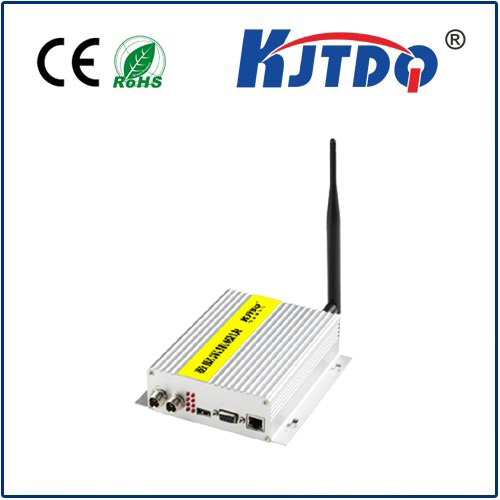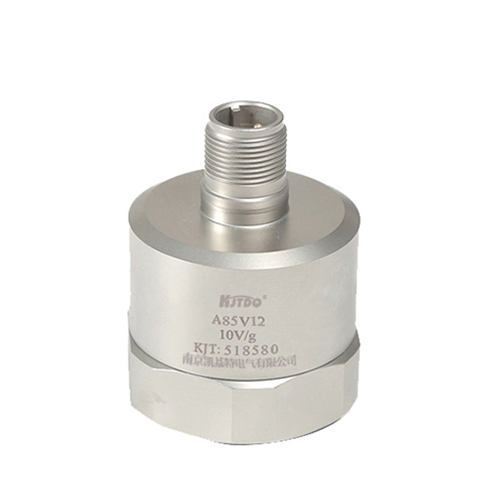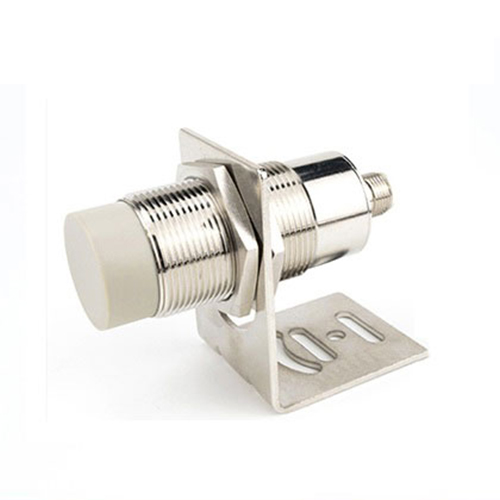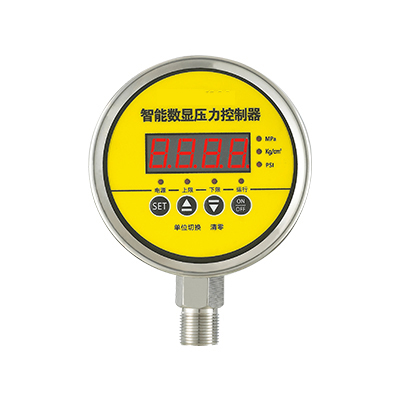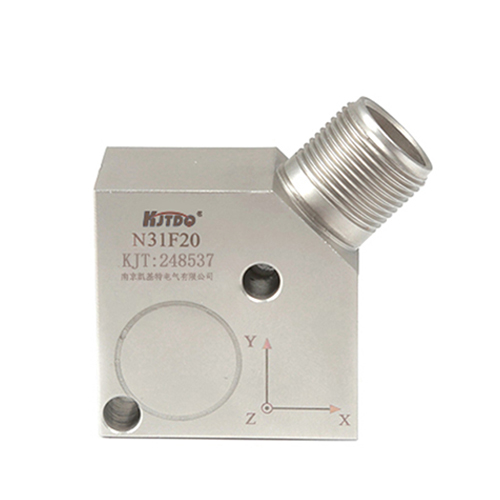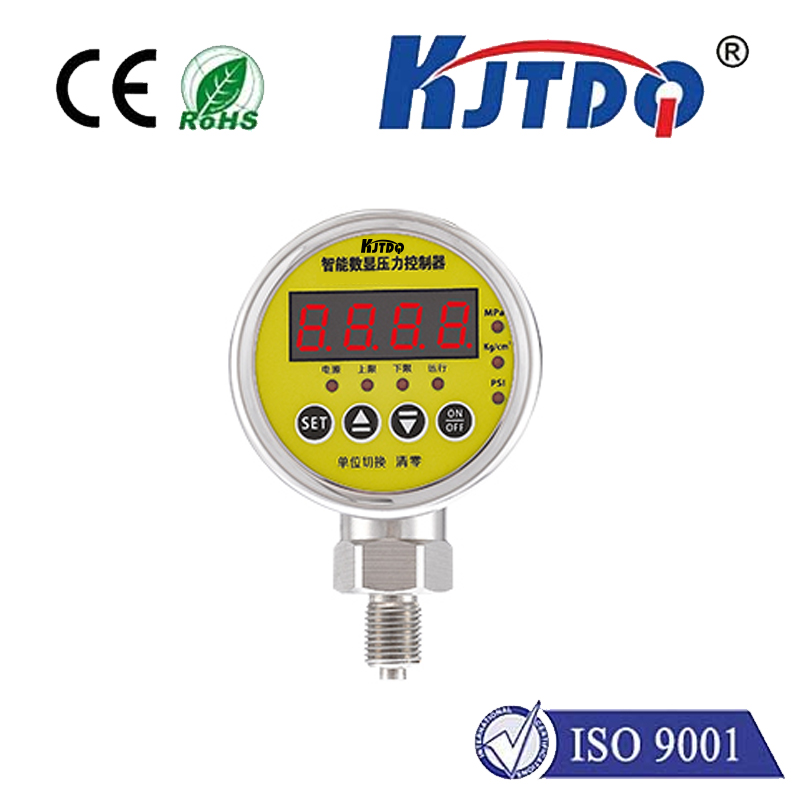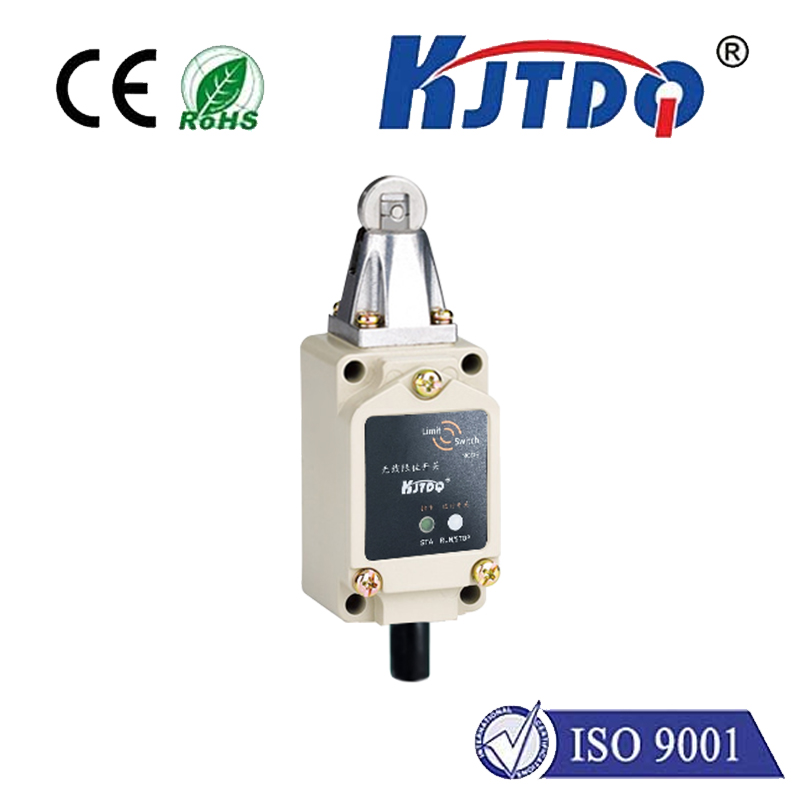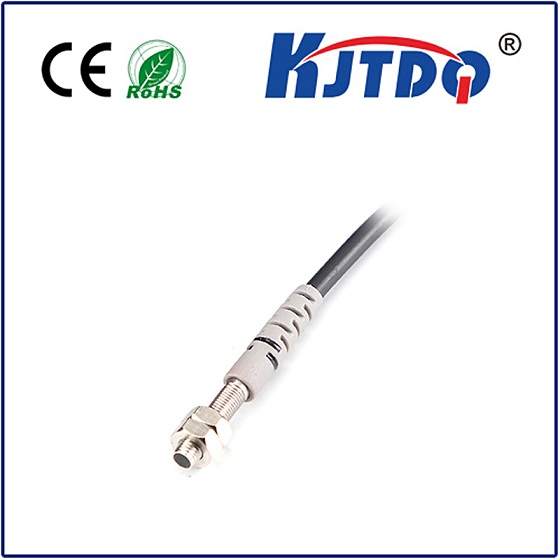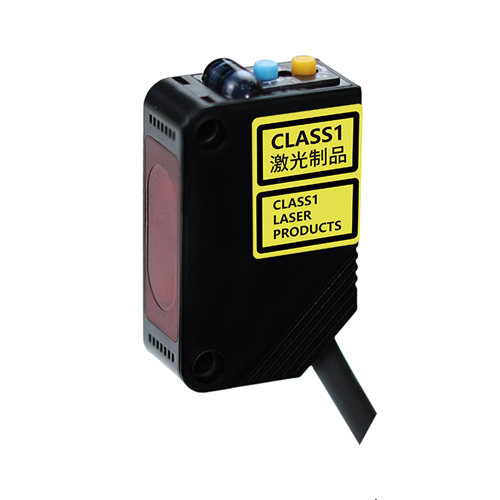led proximity sensor
- time:2025-06-18 00:54:30
- Click:0
LED Proximity Sensors: Revolutionizing Non-Contact Detection
We’ve all experienced it: holding a smartphone to your ear only to have the screen accidentally activate with your cheek. Frustrating, right? This commonplace annoyance highlights the critical, yet often invisible, role of LED proximity sensors. These ingenious components are the silent guardians preventing unintended interactions and enabling countless automated functions across diverse industries. Far more than just a solution for touchscreens, they represent a fundamental shift in how machines perceive and interact with their immediate physical environment, without requiring any physical contact.
Understanding the Core Principle: Light as the Messenger
At its essence, an LED proximity sensor operates on a beautifully simple concept: it detects the presence, absence, or distance of an object relative to the sensor itself. It achieves this using light, primarily infrared (IR) light. The core components are:
- Emitter: An infrared LED that emits pulses of invisible light. This LED is specifically chosen for its wavelength, typically in the near-infrared spectrum (around 850nm or 940nm), which is not visible to the human eye but readily detected by electronic components.
- Receiver: A light-sensitive component, most commonly a photodiode or phototransistor. This component’s job is to detect any light reflected back towards the sensor. Some advanced sensors (Time-of-Flight types) use specialized imaging sensors.
- Signal Processing Circuitry: The brain of the sensor. This circuitry controls the pulsing of the emitter LED and precisely analyzes the signal received by the photodiode. It interprets changes in the received light intensity, timing, or phase to determine object presence or distance.
How It Works: The Interaction Dance
The interaction unfolds in a specific sequence:

- Emission: The sensor’s circuitry sends a signal to the infrared LED, causing it to emit a short, controlled pulse of IR light. This pulse travels outward into the sensor’s field of view.
- Reflection (or Lack Thereof): If an object is present within the sensor’s detection range, some of the emitted IR light will strike the object and be reflected back towards the sensor.
- Detection: The reflected IR light (if present) reaches the photodiode receiver. The photodiode converts this incoming light energy into a proportional electrical current.
- Analysis: The signal processing circuitry compares the strength and timing of the electrical signal generated by the photodiode to the original signal sent to the emitter LED. Key parameters analyzed include:
- Intensity: The strength of the reflected signal. A stronger signal generally indicates an object is closer (more light reflected back). A weaker signal might indicate a more distant or poorly reflective object.
- Time-of-Flight (ToF): For dedicated distance sensors, the circuitry measures the precise time difference between emitting the light pulse and detecting its reflection. Since light speed is constant, this time difference directly translates into distance (Distance = (Speed of Light x Time Delay) / 2).
- Output: Based on the analysis, the sensor generates an output signal. This could be a simple digital signal (object “near” or “far”), an analog voltage proportional to distance, or precise digital distance data (e.g., in millimeters) via interfaces like I2C or UART.
Types of LED Proximity Sensing
While the basic emitter-receiver principle holds, different configurations optimize for specific needs:
- Reflective Proximity Sensors: This is the most common type. The emitter LED and receiver photodiode are placed side-by-side within the same module. Detection occurs when an object reflects the emitted IR light back to the nearby receiver. Ideal for simple presence/absence detection or short-range distance estimation (e.g., tens of centimeters).
- Ambient Light / Proximity Sensor Combos: Frequently found in smartphones and tablets. They combine an IR proximity sensor with a separate ambient light sensor. The proximity part handles ear detection, while the ambient sensor adjusts screen brightness.
- Laser-Based Proximity Sensors: Use a focused laser diode (often VCSEL - Vertical-Cavity Surface-Emitting Laser) as the emitter instead of a standard LED. This allows for much greater precision, longer range, and a smaller measurement spot size. Time-of-Flight (ToF) is a common principle used with laser emitters for highly accurate distance measurement.
- Through-Beam Sensors: Here, the emitter and receiver are physically separated. The emitter projects a beam of IR light towards the receiver. An object is detected when it breaks this light beam. Excellent for reliable detection at longer ranges but requires mounting two separate components.
Why LED Proximity Sensors Dominate: Key Advantages
Several intrinsic benefits make LED-based solutions the go-to choice for non-contact detection:
- Non-Contact Operation: The primary advantage. Objects are detected without physical touch, eliminating wear and tear and allowing detection of fragile, moving, or hazardous objects.
- Compact Size: Modern sensor modules, especially reflective types and those using VCSELs, are incredibly small – easily fitting within the bezel of a smartphone or tiny consumer gadgets.
- Low Power Consumption: IR LEDs and photodiodes are inherently low-power devices. Operating in pulsed mode further minimizes energy drain, making them ideal for battery-powered devices like phones and wearables.
- High Speed: Detection happens at the speed of light. Response times are extremely fast, enabling real-time interactions and safety functions.
- Cost-Effectiveness: Mature manufacturing processes for IR components keep costs low, especially for reflective sensors, enabling mass adoption.
- Reliability: With no moving parts and solid-state components, LED proximity sensors offer excellent long-term reliability.
- Immunity to Environmental Factors: Less susceptible to vibration, shock, acoustic noise, or surface texture variations compared to some mechanical switches or capacitive sensors (which can be affected by moisture or non-conductive objects).
Applications: Where Touchless Sensing Makes the Difference
The applications for LED proximity sensors are vast and continuously expanding:
- Consumer Electronics: The most visible application. Smartphones (screen blanking during calls, gesture control, sleep/wake functions), tablets, laptops, wearables, smart speakers (voice activation detection), automatic faucets, soap dispensers, hand dryers, printers.
- Industrial Automation: Object detection on assembly lines, counting parts, monitoring bin levels, robotic collision avoidance, machine guarding, position sensing, automated doors.
- Automotive: Driver presence detection (for airbag control), passenger detection, touchless trunk opening, obstacle detection in parking systems, interior ambient lighting control, rain/light sensors.
- Robotics: Collision avoidance, navigation, object detection and ranging for autonomous movement.
- Security: Intruder alarms (beam break sensors), automatic lighting.
- Medical Devices: Non-contact switch activation (hygienic), fluid level detection.
- Home Automation: Touchless light switches, presence detection for climate/lighting control.
Considerations for Implementation
While powerful, successful integration requires attention to detail:
- Reflective Surface Challenges: Highly reflective objects can cause false triggers or inaccurate distance readings, while very dark or non-reflective materials might be harder to detect. Sensor selection and positioning are crucial.
- Optical Interference: Direct sunlight or other strong IR sources can saturate the receiver, causing malfunction. Proper optical design (lenses, baffles, filters) and potentially modulated light sources help mitigate this.
- Environmental Factors: Extreme temperatures, dust, fog, or condensation can affect performance. Industrial-rated sensors are designed for harsher conditions.
- Calibration: Some applications, especially precise distance measurement (ToF), require careful calibration for optimal accuracy.
- Detection Range: Choosing a sensor with the appropriate range for the application is vital – too short, and it misses objects; too long, and it might detect unintended ones.
The Future: Smarter, Smaller, More Integrated
The evolution of LED proximity sensing is












